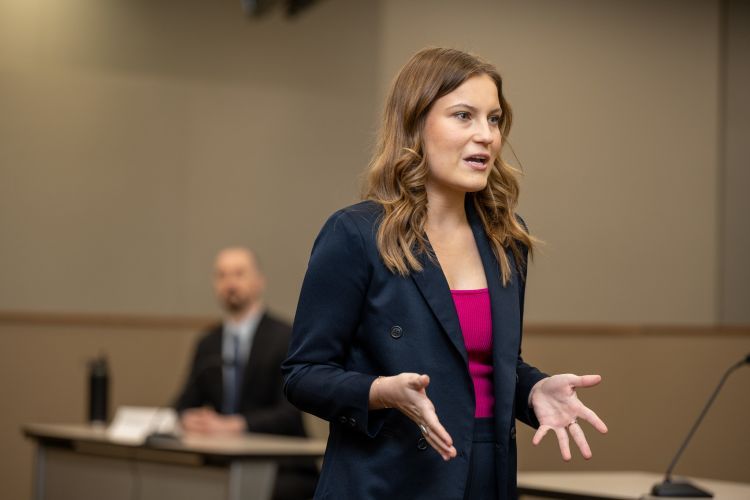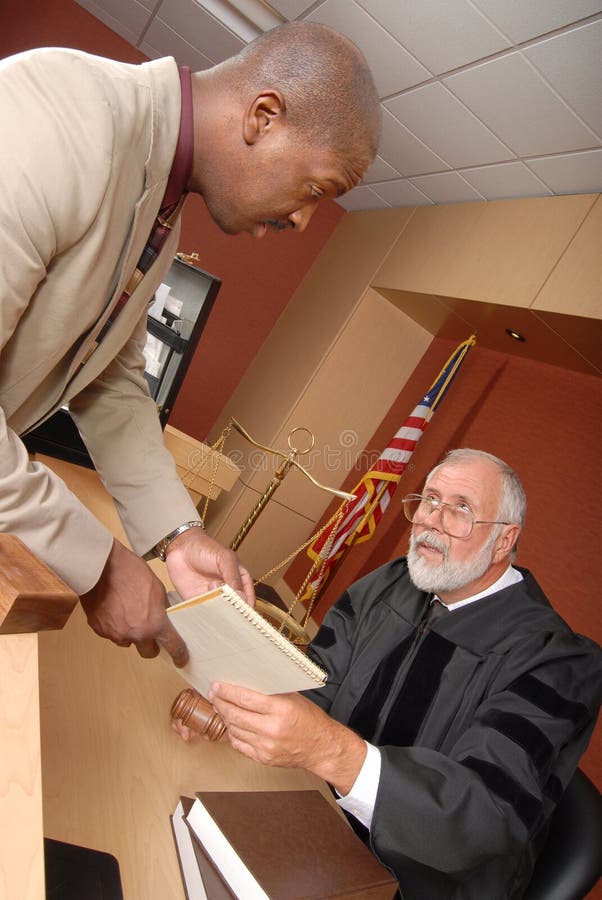Grasping the Art of Trial Presentations: Secret Approaches for Reliable Lawful Arguments
Grasping the Art of Trial Presentations: Secret Approaches for Reliable Lawful Arguments
Blog Article
Navigating the Intricacies of Trial Presentations: Tips for Seamless Distribution and Compelling Debates
In the realm of lawful procedures, the art of trial discussion stands as a vital component of success. As attorneys browse the detailed internet of court dynamics, the ability to perfectly supply arguments and evidence while mesmerizing the jury's interest becomes extremely important. The intricacies integral in trial discussions need a fragile balance of skill, approach, and finesse. By developing methods that make certain a polished shipment and crafting engaging debates that resonate with the target market, legal experts can dramatically enhance their advocacy. In a world where persuasion reigns supreme, grasping the details of test discussions is not just an alternative but a necessity for those seeking to prevail in the court.

Understanding Test Objectives
To properly navigate a test, it is critical to have a clear understanding of the goals that need to be attained. Prior to entering the court, legal teams need to specify their objectives and desired results. These goals offer as assisting concepts throughout the test, forming methods and affecting decision-making procedures.
Comprehending test goals includes a detailed evaluation of the situation, lawful precedents, and the client's benefits. Trial Presentations. It requires a meticulous examination of the facts, recognizing vital concerns, and expecting prospective difficulties. By setting specific and quantifiable goals, attorneys can customize their debates and discussions to line up with the desired outcomes
In addition, a clear understanding of trial objectives makes it possible for lawful teams to focus on proof, witnesses, and legal debates successfully. It enables for the development of a systematic story that resonates with the discretionary, strengthening the total situation presentation.

Organizing Proof Successfully
Having a clear understanding of test goals lays the foundation for organizing proof successfully in lawful process. By aligning the discussion of proof with the preferred end results of the trial, lawful groups can strengthen their debates and enhance their persuasiveness.
One more crucial element in arranging evidence properly is establishing a rational circulation. Presenting proof in a systematic and sequential manner can assist construct a compelling story that sustains the legal disagreements being made. In addition, using visual help such as charts, timelines, or charts can additionally enhance the organization of evidence and help in making clear intricate connections or series of occasions.
Furthermore, making sure that all proof offered is admissible and relevant to the situation is crucial. Unimportant or inadmissible proof can detract from the strength of the argument and potentially harm the integrity of today event. A careful evaluation and choice process ought to be embarked on to include only the most impactful and legitimately audio evidence in the trial discussion.
Crafting Influential Stories
Crafting engaging narratives plays a pivotal function in presenting convincing arguments throughout lawful procedures. When creating a narrative for a test presentation, it is necessary to establish a clear storyline that highlights key factors and connects them in a meaningful fashion. By weaving together proof, testimony, and legal debates into a convincing and natural narrative, legal specialists can efficiently promote for their customers and enhance the probability of a favorable result in the court room.
Mastering Visual Help
Reliable use of visual aids is crucial to enhancing the effect and quality of test presentations. Visual aids, when used purposefully, have the power to streamline complex information, review strengthen crucial factors, and leave a lasting impression on the discretionary. To grasp aesthetic help in test discussions, it is crucial to guarantee that they are clear, concise, and appropriate to the disagreements being made.
When integrating aesthetic help, such as graphes, timelines, pictures, or charts, into a trial presentation, it is necessary to keep them visually appealing yet professional. The visuals ought to complement the spoken disagreements, supplying an aesthetic representation of the info being talked about without overwhelming the audience with unneeded information.
Additionally, experimenting the visual aids beforehand is important to guarantee a seamless shipment throughout the trial. Familiarizing oneself with the web content, changes, and timings of each visual aid can aid keep the flow of the presentation and prevent technological glitches that may emerge.
Delivering Impactful Closing Debates
An engaging closing argument works as the end result of a trial discussion, enveloping the core narrative and encouraging the discretionary in the direction of a positive decision. To supply an impactful closing disagreement, it is important to succinctly evaluate key factors, highlight the toughness of your case, and resolve any type of weaknesses in a strategic manner. Begin by detailing the main disagreements that support your customer's placement, emphasizing why the evidence provided throughout the test sustains your narrative. It is essential to develop a sense of communication and clarity, assisting the discretionary towards the preferred verdict.
In addition, including psychological appeal can further strengthen your closing disagreement. Eventually, a well-crafted closing disagreement ought to leave a lasting impact, engaging the court and jury to rule in your client's favor.
Conclusion
In conclusion, mastering trial presentations involves comprehending goals, organizing evidence, crafting narratives, making use of aesthetic help, and providing impactful closing disagreements. By that site executing these techniques effectively, lawyers can offer their instance effortlessly and make compelling debates in the court. It is important to navigate the complexities of test presentations with precision and ability to attain success in legal proceedings.
By straightening the discussion of evidence with the wanted end results of the trial, legal groups can enhance their arguments and boost their persuasiveness (Trial Presentations). To grasp visual help in trial presentations, it this content is critical to make sure that they are clear, concise, and pertinent to the disagreements being made
A compelling closing debate serves as the culmination of a test presentation, enveloping the core narrative and encouraging the judge and court towards a favorable choice. Begin by outlining the major arguments that sustain your client's placement, highlighting why the proof presented throughout the test supports your story.In conclusion, understanding test presentations involves comprehending purposes, organizing proof, crafting narratives, using aesthetic aids, and supplying impactful closing arguments.
Report this page